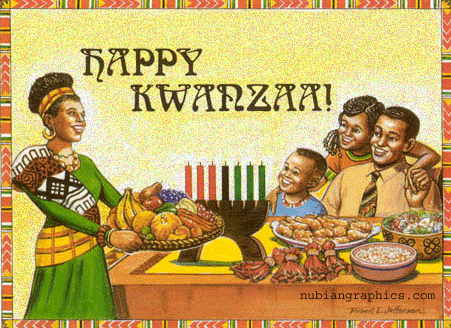Multi- Culinary Traditions
Christmas
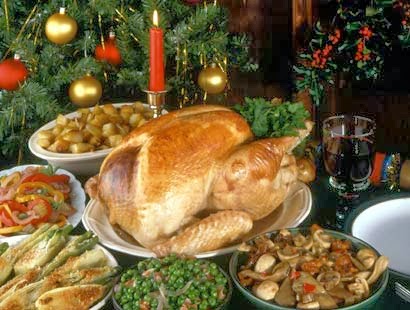
By Romina Monaco
The holiday season has finally arrived and more exciting than a kiss stolen under the mistletoe are the culinary delights that accompany this merry occasion. Grown-ups sipping on eggnog gather to hear the cheery melody of visiting Christmas carolers and excited children indulging in delectable sweets rummage through brightly-packaged bundles under the tree. All the while, tantalizing aromas continue to linger from a boundless feast previously enjoyed around a festive, candlelit table.
Reflecting on joyful scenes such as this, the whimsical Oscar Wilde once said, “After a good dinner one can forgive anybody, even one’s own relatives”. This is especially true during the holidays where soul food prepared with love has the power to mend bridges, unite friends and strengthened family bonds. Not only that, this is also a wonderful opportunity to celebrate culture and heritage. So whether you‘re commemorating the birth of Jesus or observing other significant holidays such as Hanukkah and Kwanzaa, the season is a time for you and your loved ones to warm your hearts and fill your bellies with a stew of savoury traditions.
Christmas Cake
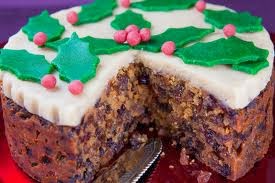
Throughout the generations, many traditional recipes and culinary practices have remained unchanged while others have morphed into something altogether characteristic and distinct. On Christmas Eve Roman Catholics worldwide dine on a delicious menu of fish and seafood. Passionate Italian Americans play the mandolin and tell tales during the popular Feast of the Seven Fishes where generous helpings of crispy fried squid, mouthwatering linguini with clam sauce as well as salted Baccala, or cod fish, grace everyone’s plate. Honouring the apostles, Lithuanians, Poles and Ukrainians prefer to serve twelve dishes during their lavish fish feast. For all Christians alike, sweets are mandatory during the holidays. The English wouldn’t dare celebrate Christmas Day without plum pudding, a sweet and spicy dessert which surprisingly doesn’t contain any plums at all. Greeks take the baking of their symbolic Christopsomo cake very seriously. Handled with extreme care, its success in the oven foretells the fate of the family who made it.
Eggnog
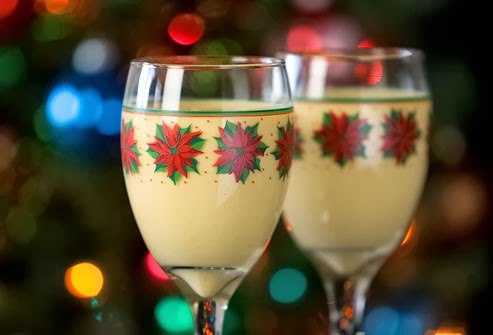
Those who celebrate Christmas know that part of the hustle and bustle of the season involves visiting loved ones and giving the gift of good old-fashioned fruit cake. Dating back to ancient Rome, this sweet bread made with dried or candied fruit is common in all Christian cultures. To the Romanians it’s known as Cozonac, Christstollen to the Germans and Jamaicans refer to theirs as Black Cake. Italians take their version, Panettone, to whole other level by adding decadent mascarpone cream and toasting the festivities with a bubbly glass of Prosecco or Spumante.
Following Christmas is another exciting holiday for all to enjoy. Founded by African Americans, Kwanzaa honours African culture. Translated from the Swahili matunda ya kwanza, Kwanzaa literally means first fruits of the harvest. From December 26th to January 1st, observers relish in hearty African, Caribbean, Creole, low country and Cajun cuisine. For those paying homage to their African origins a mazao, a bowl of fruit or crops representing productivity, is placed amid an assortment of dishes. Similar to the Christmas tradition of leaving treats for Santa Claus, a delicious meal is left for the spirits of the African ancestors. Spicy dishes such as Nigerian jollof rice, akkra (Senegalese black-eyed pea fritters) and Ivory Coast groundnut (peanut) soup are reminiscent of the exotic aromas and flavours of Africa. Those preferring to honour the forefathers of slavery tend to bask in a rich banquet of seafood and stewed meat gumbo or Jamaican jerk and southern fried chicken. Kwanzaa wouldn’t be complete without traditional turnip, collard and okra side dishes along with sweet potato biscuits or pies for dessert.
Kwanzaa Dinner
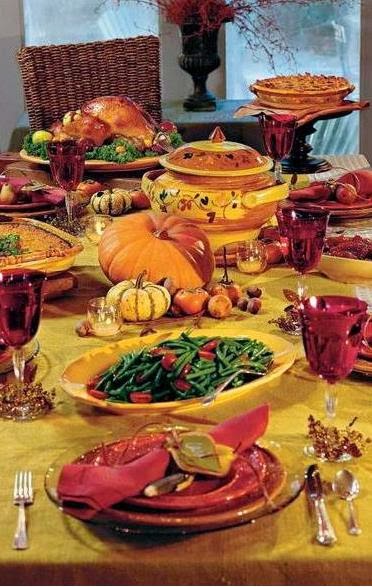
Kwanzaa Feast
There’s no point watching the waistline or trying to control cholesterol levels during Hanukkah, or what some might refer to as the festival of oily and fried food. This eight-day Jewish holiday beginning late November or early December, marks the reclaiming of the Holy Temple in Jerusalem from the Greek-Syrians. Traditional foods mainly consist of deep- fried goodies symbolizing the miracle of the Menorah – a candelabrum which astonishingly burned for eight long days after the Jewish victory.
On every cheerfully decorated Hanukkah table sits a hot platter of crispy, potato latkes. Similar to pancakes, Latkes are the most sought after Hanukkah delicacy. Levivot, the original Hebrew recipe, called for the frying of cheese in olive oil. However, Latkes took over a few centuries ago after the Ashkenazi Jews of Eastern Europe cultivated a mass planting of potatoes. Sephardic Jews of the Mediterranean are known to whip up sweet bimuelos, or loukoumades. Highly addictive, these deep-fried dough fritters are dusted with powdered sugar or drizzled with honey. Another sweet temptation is sufganiyot, the Jewish version of the jam-filled doughnut. Along with devouring a pretzel or two, another popular American Jewish tradition is the gift of chocolate gelt. These edible coins wrapped in golden foil are said to bring forth good luck and prosperity. After a long arduous holiday season full of feasting, frolic and fun there’s nothing more relaxing than betting your gelt on a friendly game of spin-top dreidel or relishing in your Christmas and Kwanzaa gifts.
Hanukkah
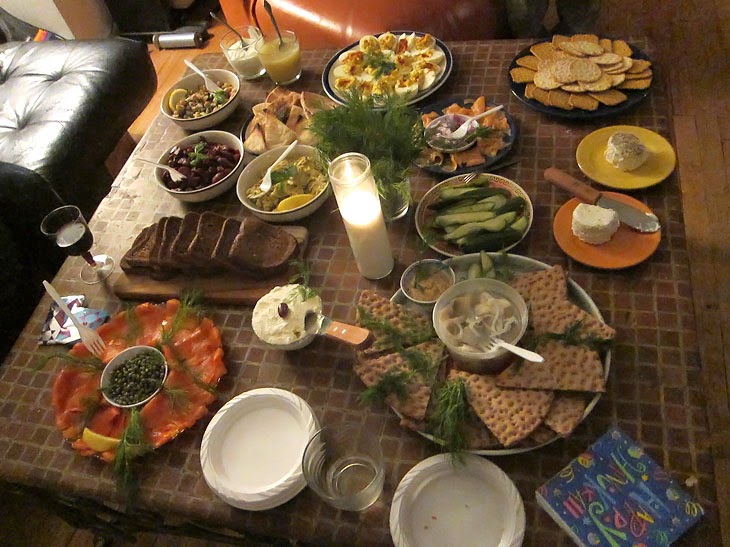
Kwanzaa
